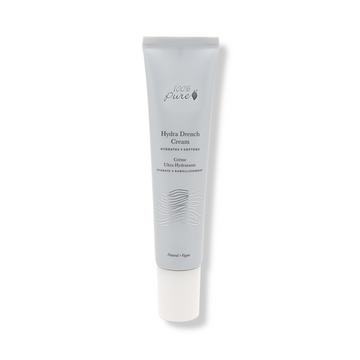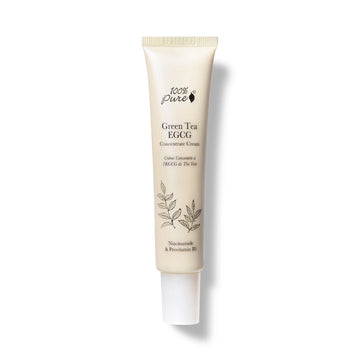Let’s decode what’s really going on under the surface
Written by: 100% PURE®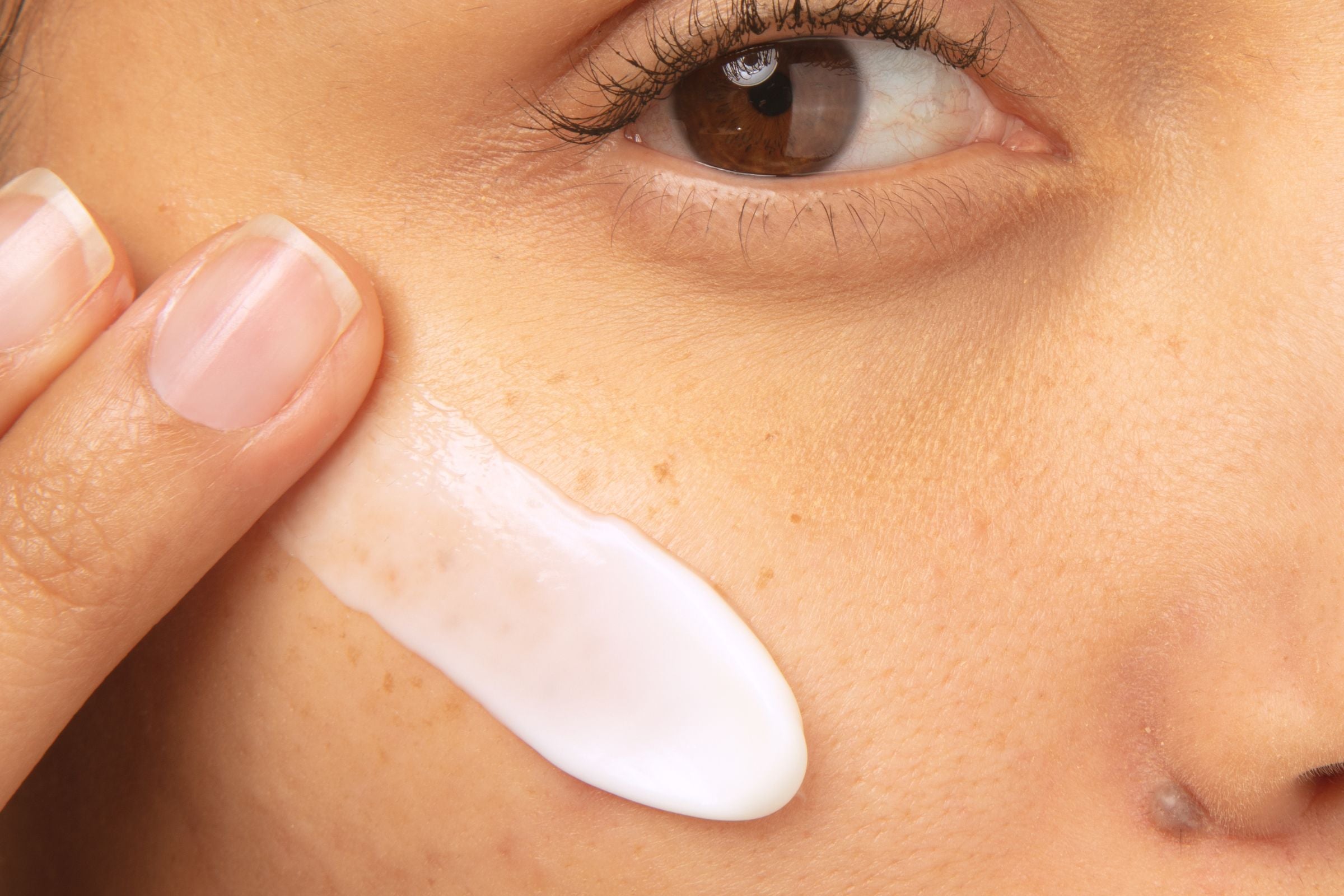
Caring for the skin is part art, part science…and let’s just say, we didn’t always ace both subjects. When we are struggling to keep the skin happy, many times the issue is coming from our lifestyle, but occasionally it is coming from a product in our beauty routine. For those of us that have tried it all (or at least, have tried a few things) and nothing seems to be working, here’s the cheat sheet to decode why your moisturizer isn’t working properly.
Figuring out what the skin wants and needs is not always easy. It can take some trial and error to bring the skin to a happy, healthy place, implementing all of the best products. One of the most pivotal and influential products in skincare is moisturizer, and when on the hunt for the best moisturizer for skin, it’s important to consider a few factors.
The first thing to take into consideration when finding a moisturizer for the face would be to determine our skin type. Many of us are at least somewhat familiar with this, but it’s relatively easy to figure out. We want to think about how our skin looks and feels when we’re not doing anything to it. On those makeup-free days, are we noticing any spots that get oilier than others?
Primary skin types include dry, combination, oily, normal or neutral, and sensitive; with sensitive being an additional signifier that we see most commonly with dry skin, but can manifest with any skin type. For oily and combination skin types, we often will see a presence of oil on the skin’s surface, even shortly after the face has been washed. Conversely dry skin types often feel tightness and discomfort on the skin, sometimes with the addition of flakiness and rough patches.
What’s interesting is that in some cases, dry and oily skin types have something critical in common. Both dry and oily skin types can be suffering from improper skin hydration. Though it shows up differently, a sense of dryness or persistent oiliness can be signs that the skin isn’t getting the hydration or moisturizer that it needs. This is why the skin can remain dry even after washing and moisturizing. Luckily, it’s a problem with a relatively easy fix. Let’s talk about other signs that our skincare routine may need tweaks, and what to look for in the best moisturizers for skin.
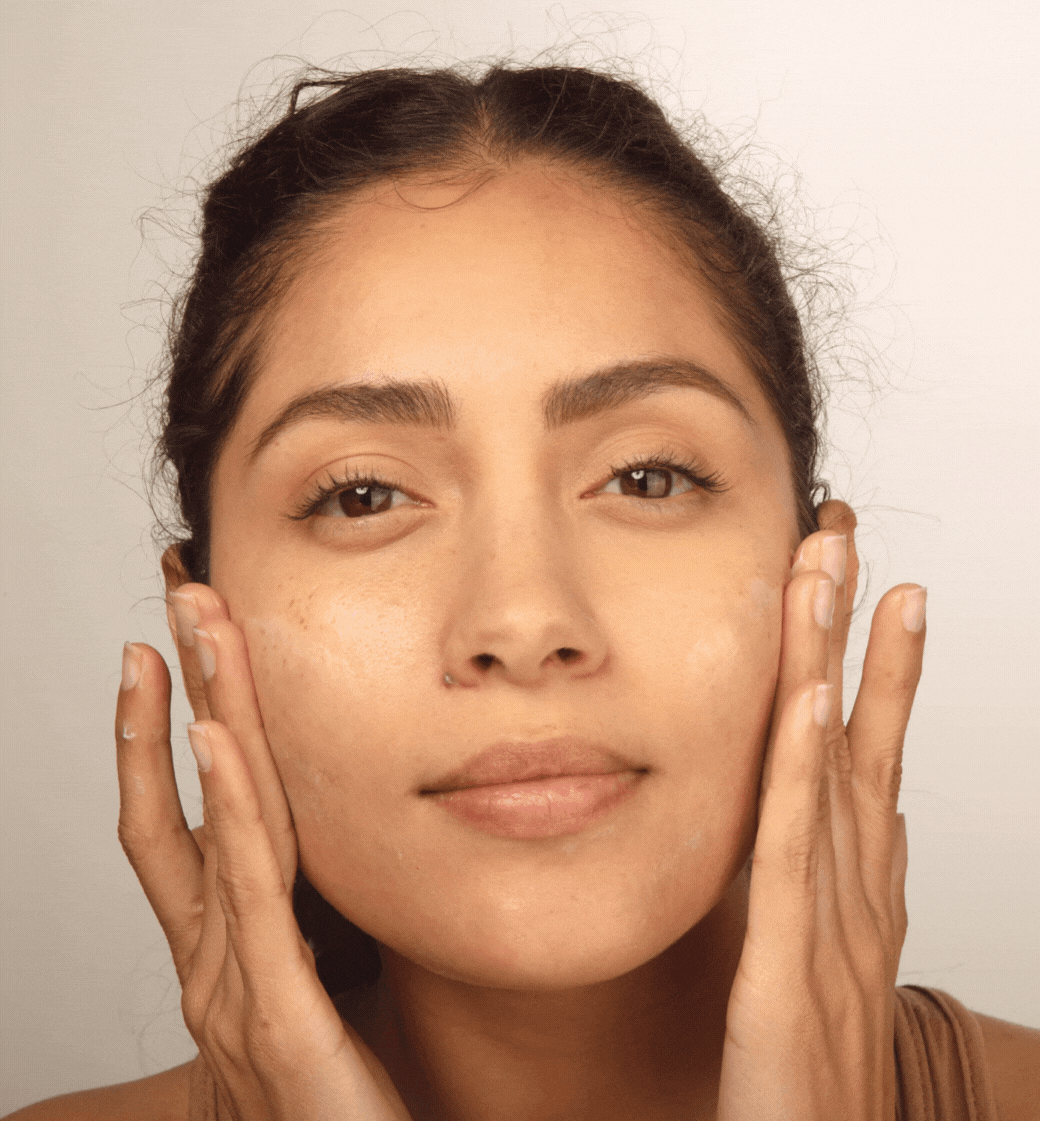
We’ll be the first to admit that our skin can be a bit dramatic at times. Whenever we introduce new products to our skin, we’re always braced for a variety of reactions. When looking for the signs that the moisturizer we’re using isn’t making our skin happy, think of this acronym: DROID.
Dull: does the skin appear dull or dark? Happy skin should be bright and glowing. While dullness could be a sign that it’s time for a regular skin exfoliation, it’s also an indicator that the moisturizer we’re using is not sinking in or hydrating the skin properly.
Reactive: are we having any type of off reaction to our moisturizer? Many of us have a whole host of products in our routine, which is why it’s so important to introduce new products one at a time to detect any reactivity. Examples of a negative skin reaction would be redness, rashes, or milia. Inflamed breakouts, beyond normal hormonal shifts, itchiness, and any kind of swelling or discoloration is really bad news. While it can be normal for cleansers or acne treatments to induce a purge of bacteria in the skin that causes a mild breakout, this type of reactivity is a no-no when it comes to moisturizers. It’s probably best to discontinue use right away.
Oily: as we mentioned before, the skin should be in balance. When the skin suddenly becomes oily, it’s a sign that a major shift has taken place in diet, hormones, or skincare, and it’s a shift that the skin isn’t totally happy with.
Incompatible with Makeup: when layering makeup on top of this moisturizer, does it separate, pill up, or cause makeup to flake away? Shopping for moisturizer that’s compatible with our makeup isn’t something we are always in the habit of doing, but we know that a great moisturizer should leave our skin smooth and primed for a flawless makeup application. When experiencing any weird reactions during a makeup application, it might just be that the moisturizer isn’t compatible with our beauty products.
Dry: does the skin feel tight, dry, or look flaky? Again, any imbalance is a signal from our skin that it isn’t getting what it needs. Likely if the skin is looking or feeling dry, there’s a lack of hydrating components in our moisturizer. We’ll share ingredients to look for that make our skin feel soft, supple, and hydrated.
Newsletter Subscribe
for more blog updates and exclusive discounts
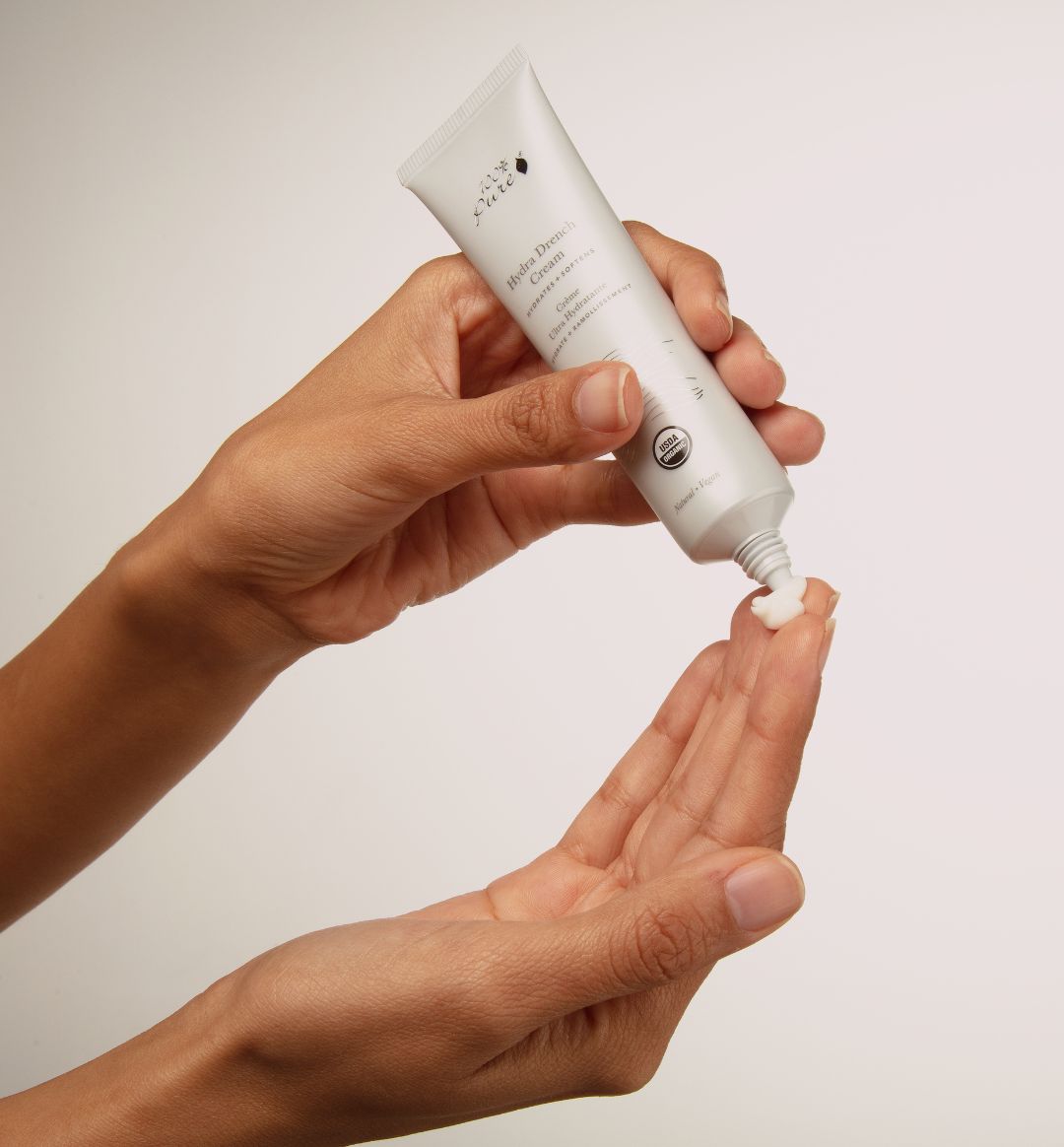
We know that our body is mostly made up of water, so naturally our skin being primarily made of water makes sense. With that said, we need to be using facial moisturizer that caters to the water-loving disposition of our skin. We always look for ingredients that absorb like water, preserve the skin’s existing water and hydration, and draw more moisture into the skin as well. Here are those spotlight ingredients to look for when shopping for the best moisturizer for skin.
Humectants | We’ve talked about humectants before on the blog, but to give you the short and sweet version, humectants help to keep the skin hydrated by drawing additional moisture into the skin. The powerhouse humectants to look for in a great moisturizer formula would be popular pick, hyaluronic acid, well-known glycerin, and calming urea.
Occlusives | As the skincare industry evolves, the more awareness we develop around the ever-important moisture barrier. What we know it that it’s extremely instrumental for skin protection from the environment, moisture loss, and skin health. What’s great is that ceramides, butters, and wax-based ingredients are occlusives that help to do the barrier support heavy lifting in a moisturizer formula.
Emollients | These are like the crème filling in a sandwich cookie, bringing everything together so it works. Emollients help stabilize the wet and waxy ingredients in a moisturizer formula to create not just the silky texture we’re looking for, but absorbability. We see the best benefits from ingredients like squalane and nut oils.
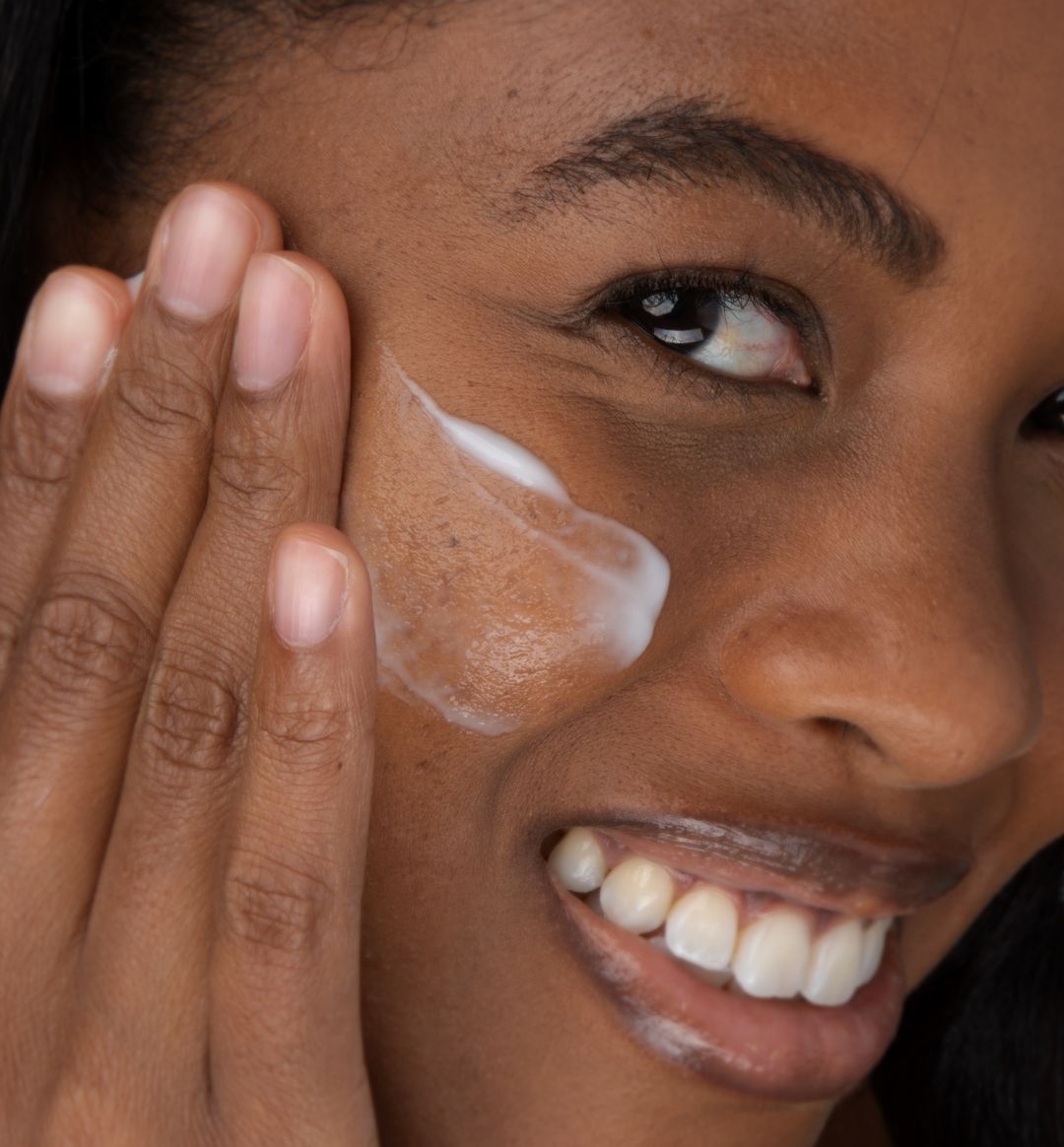
We weren’t going to leave you without some solid skincare recommendations to try and find the perfect facial moisturizer. Here are our best moisturizer suggestions:
Hydra Drench Cream: featuring Chia Seed Gel
Similar to the incredibly powerful hydrating ability of hyaluronic acid, the chia seed gel in our Hydra Drench formula is a hydration dynamo. Chia seeds can hold up to 12-times their weight in water. They’re able to rejuvenate, deeply hydrate, and plump up the skin, maintaining moisture throughout the day or night.
Green Tea EGCG Concentrate Cream: featuring Olive Squalane
Above, we talked a little bit about how squalane is an emollient, but it just so happens to be one of our favorites. In our Green Tea EGCG cream, the squalane is one of the most active ingredients. It’s helping to fortify the moisture barrier and prevents the skin from getting dry while also repairing our skin’s texture for smooth, glowing skin.
Why is my moisturizer not absorbing into my skin?
If your moisturizer doesn't seem to absorb, it could be due to several reasons. You may be using too much product, your skin may not be adequately exfoliated, or the formula might be too heavy for your skin type. Ensure to exfoliate regularly, use the correct amount of moisturizer, and choose a formula that suits your skin type for better absorption.
Why is my moisturizer making my skin feel oily?
If your moisturizer is making your skin feel excessively oily, it may be too rich for your skin type. Those with oily or combination skin should opt for lighter, oil-free, or non-comedogenic moisturizers that hydrate without adding extra oiliness.
Can a moisturizer cause breakouts?
Yes, if a moisturizer is not suitable for your skin type, it can clog pores and cause breakouts. This is especially true for people with acne-prone or sensitive skin. It's crucial to choose non-comedogenic products that won't clog pores and to patch test new products to see how your skin reacts.
Why does my skin feel tight or dry even after applying moisturizer?
If your skin feels tight or dry after applying moisturizer, it could be that the product is not hydrating enough, or your skin might need more than just moisturization, like exfoliation or a hydrating serum. It could also be a sign of dehydration from factors like weather, diet, or not drinking enough water.
How long does it take for a moisturizer to work?
The immediate effects of a moisturizer, like skin feeling soft and hydrated, can usually be felt right after application. However, for long-term benefits like improved skin texture and reduced fine lines, it may take several weeks of consistent use.
Why does my moisturizer pill or roll off my skin?
Pilling can happen if you're using too much product, not giving your previous skincare steps enough time to absorb, or the product formula doesn't mix well with other products you're using. To prevent this, apply skincare in thin layers and give each step time to absorb fully before moving on to the next.
We carefully hand-select products based on strict purity standards, and only recommend products we feel meet this criteria. 100% PURE™ may earn a small commission for products purchased through affiliate links.
The information in this article is for educational use, and not intended to substitute professional medical advice, diagnosis, or treatment and should not be used as such.



